Table of content
Passion fruit, with its vibrant purple or yellow exterior and tangy-sweet pulp, is a tropical delight enjoyed worldwide. However, like many fruits, its texture and appearance can change over time, leading to a common question: Is soft passion fruit still safe to eat? This article delves into the science behind passion fruit ripeness, spoilage, and safety, equipping you with the knowledge to determine whether your soft passion fruit is a culinary treasure or a cause for concern.
Understanding Passion Fruit Ripeness
Passion fruit (Passiflora edulis) undergoes distinct stages of ripening, each affecting its texture, flavor, and edibility. When harvested, the fruit is typically firm and green. As it ripens, several transformations occur:
- Color Change: The skin shifts from green to purple (in the case of purple passion fruit) or golden-yellow (for yellow varieties).
- Texture Softening: The firm exterior gradually gives way to a slightly pliable, wrinkled surface.
- Flavor Development: The pulp inside transforms from tart and acidic to a balanced sweet-tart profile, accompanied by a fragrant aroma.
The softening of passion fruit is a natural part of the ripening process. As the fruit matures, enzymes break down cell walls, reducing firmness and increasing juiciness. This softening is not necessarily a sign of spoilage but rather an indicator of peak ripeness. In fact, many chefs and passion fruit enthusiasts prefer slightly wrinkled fruit, as it often boasts a more intense flavor and easier scoopability.
Why Does Passion Fruit Soften?
The softening of passion fruit is driven by two primary factors: ripeness and post-harvest conditions.
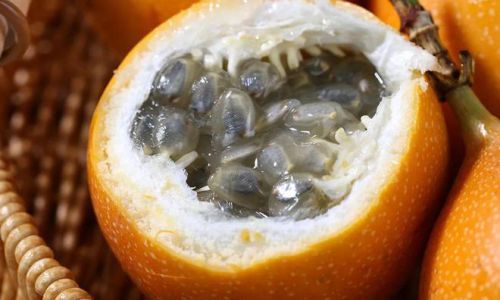
Ripeness
As passion fruit matures on the vine, it produces ethylene—a plant hormone that accelerates ripening. Ethylene triggers the breakdown of pectin, a structural compound that maintains cell walls. This process softens the fruit, making it ideal for consumption.
Storage Conditions
Passion fruit is highly sensitive to temperature and humidity. Exposure to:
- Warm temperatures: Accelerates ripening and softening.
- Cold temperatures: Can cause chilling injury, leading to premature softening and spoilage.
- High humidity: Promotes mold growth and microbial activity.
Proper storage—typically at room temperature (60–65°F or 15–18°C) for unripe fruit and refrigeration (40–45°F or 4–7°C) for ripe fruit—can extend shelf life while preserving texture.
Is Soft Passion Fruit Safe to Eat?
The answer depends on why the fruit is soft. Softness alone is not a definitive indicator of spoilage; context matters. Below is a breakdown of scenarios:
Naturally Ripe Passion Fruit
If the fruit is slightly wrinkled, yields to gentle pressure, and has a sweet aroma, it is likely at its peak. This softness is harmless and desirable. The pulp inside should be juicy, aromatic, and free of discoloration.
Overripe Passion Fruit
Overripe fruit may feel mushy, have a dull aroma, and exhibit slight discoloration (e.g., brown spots on the pulp). While still edible, its flavor may be muted, and the texture less appealing. Overripe passion fruit is safe to consume but best used in blended recipes (e.g., smoothies, sauces) rather than eaten fresh.
Spoiled Passion Fruit
Spoilage occurs when microbes (e.g., mold, bacteria) proliferate due to improper storage or prolonged shelf life. Signs include:
- Foul odor: A fermented or rotten smell.
- Visible mold: Fuzzy growth on the skin or pulp.
- Liquid leakage: Cracks or oozing from the fruit.
- Off-flavor: A bitter, sour, or alcoholic taste.
Spoiled passion fruit should be discarded immediately to avoid foodborne illness.
How to Determine If Soft Passion Fruit Is Edible
Use this step-by-step guide to assess your fruit:
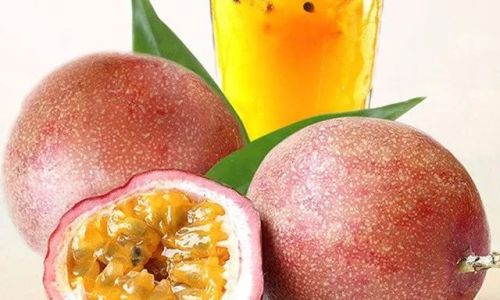
-
Inspect the Skin:
- Wrinkles: A few wrinkles are normal and indicate ripeness. Excessive shriveling may signal overripeness.
- Discoloration: Brown or black patches could signal sunburn or bruising, but not necessarily spoilage.
- Mold: Blue-green fuzz is a red flag.
-
Check for Firmness:
- Gently press the skin. It should give slightly without collapsing.
- Avoid fruit that feels hollow, as this may indicate dehydration.
-
Smell the Fruit:
- Ripe passion fruit has a floral, tropical aroma.
- Spoiled fruit may smell sour, fermented, or musty.
-
Examine the Pulp:
- Cut the fruit open. Healthy pulp is vibrant (purple or yellow) and filled with edible seeds.
- Discard fruit with grayish-brown pulp, excessive moisture, or visible mold.
-
Taste a Small Amount:
If unsure, sample a tiny piece. A bitter or alcoholic taste confirms spoilage.
Signs of Spoilage vs. Natural Ripeness
| Characteristic | Ripe/Overripe Passion Fruit | Spoiled Passion Fruit |
|---|---|---|
| Texture | Soft, wrinkled skin | Mushy, collapsed, or leaking |
| Aroma | Sweet, floral | Foul, fermented, or musty |
| Pulp Appearance | Vibrant color, seeds intact | Dull, discolored, or moldy |
| Flavor | Sweet-tart, aromatic | Bitter, sour, or alcoholic |
| Mold Presence | None | Visible fuzzy growth |
Storage Tips to Maximize Freshness
Proper storage can delay softening and prevent spoilage:
-
Unripe Fruit:
- Store at room temperature (away from direct sunlight) until ripe.
- Place in a paper bag with a banana or apple to accelerate ripening (ethylene exposure).
-
Ripe Fruit:
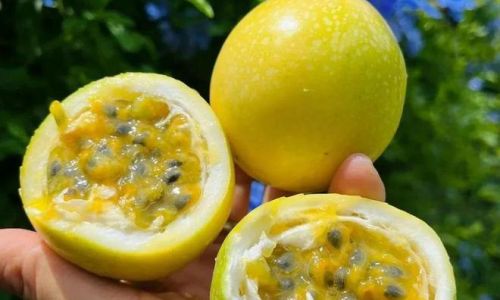
- Refrigerate in a breathable container (e.g., mesh bag) for up to 2 weeks.
- Avoid sealing in plastic, as this traps moisture and promotes mold.
-
Cut Fruit:
- Store pulp in an airtight container for 3–4 days.
- Freeze pulp in ice cube trays for long-term storage (up to 6 months).
Nutritional Benefits of Passion Fruit
Passion fruit is a nutritional powerhouse, rich in:
- Vitamin C: Boosts immunity and skin health.
- Dietary Fiber: Aids digestion and promotes satiety.
- Antioxidants: Combats oxidative stress and inflammation.
- Iron and Potassium: Supports blood health and muscle function.
Softening does not significantly alter nutritional content, though overripe fruit may lose some vitamin C due to prolonged exposure to air.
Creative Ways to Use Soft Passion Fruit
Even if your passion fruit is past its prime, it can elevate dishes:
- Smoothies and Juices: Blend with yogurt, mango, or coconut water.
- Sauces and Dressings: Simmer pulp with honey, vinegar, and herbs for a tangy glaze.
- Desserts: Swirl into cheesecake batter, ice cream, or panna cotta.
- Cocktails: Muddle with rum, lime, and mint for a tropical twist.
Potential Health Risks of Consuming Spoiled Passion Fruit
Eating spoiled passion fruit can lead to:
- Food Poisoning: Symptoms include nausea, vomiting, and diarrhea.
- Allergic Reactions: Mold spores may trigger respiratory issues in sensitive individuals.
- Bacterial Infections: Rare but possible from pathogens like Salmonella or E. coli.
When in doubt, err on the side of caution: discard questionable fruit.
Conclusion
Soft passion fruit is not inherently unsafe—its edibility hinges on ripeness, storage, and sensory cues. A slightly wrinkled, aromatic fruit with vibrant pulp is a culinary delight, while mushy, foul-smelling specimens pose risks. By understanding the nuances of passion fruit ripening and spoilage, you can savor this tropical gem at its best. Whether enjoyed fresh, blended, or baked into treats, passion fruit remains a versatile and nutritious addition to your diet.
Final Tip: When purchasing passion fruit, opt for plump, heavy specimens with uniform color. Store them wisely, and trust your senses—your taste buds (and gut) will thank you!

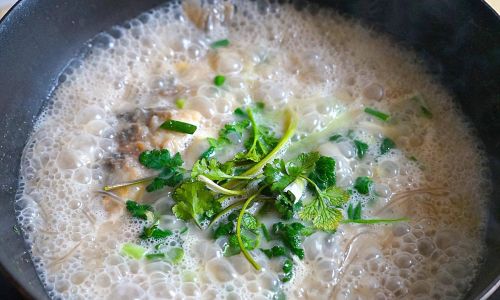
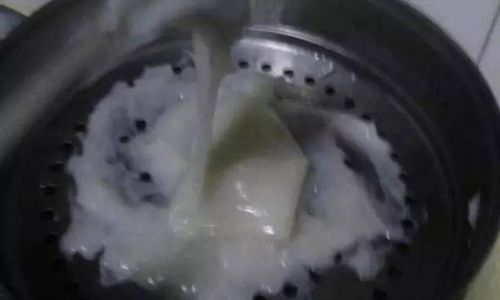


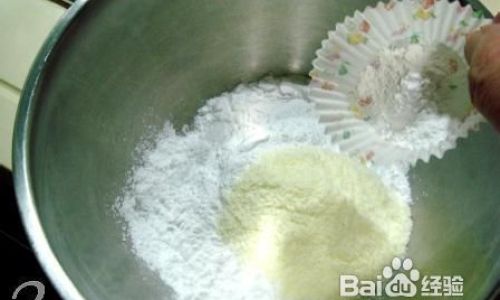
0 comments